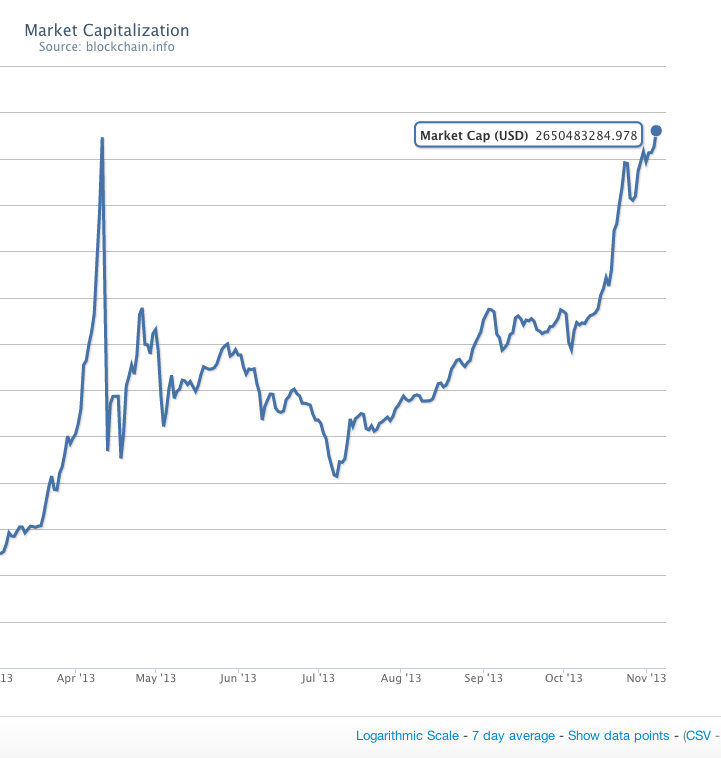List of all cryptocurrencies
As new technologies emerge, established cryptocurrencies like bitcoin face challenges to maintain their market position. Innovations in competing cryptocurrencies often lead to shifts in investor interest, influencing price trends across the market https://iconicint.com/.
BTC’s stature as the first commercial crypto and the specific traits mentioned above determine its value. As of 4 December 2022, it enjoys a market dominance of 38.27%, making the entire crypto space respond to its price movements.
The global cryptocurrency market is projected to grow from $2.1 billion in 2024 to $5 billion by 2030, reflecting a compound annual growth rate (CAGR) of 15.4%. This growth highlights the increasing adoption of altcoins. In 2025, approximately 28% of American adults are expected to own cryptocurrencies, with 14% of non-owners planning to enter the market. These statistics underscore the growing appeal of altcoins as viable investment options.
What is the market cap of all cryptocurrencies
The Bitcoin market cap is currently 2,044.52 billion. We arrive at this figure by multiplying the price of 1 BTC and the circulating supply of Bitcoin. The Bitcoin price is currently $ 102,926 and its circulating supply is 19.86 million. If we multiply these two numbers, we arrive at a market cap of 2,044.52 billion.
LIt can be useful to compare the crypto market cap with the market capitalization of other asset classes to get a perspective of the relative size of the cryptocurrency market. However, it’s worth keeping in mind that different asset classes are fundamentally different in terms of liquidity and other important factors, so direct comparisons should be taken with a grain of salt.
The very first cryptocurrency was Bitcoin. Since it is open source, it is possible for other people to use the majority of the code, make a few changes and then launch their own separate currency. Many people have done exactly this. Some of these coins are very similar to Bitcoin, with just one or two amended features (such as Litecoin), while others are very different, with varying models of security, issuance and governance. However, they all share the same moniker — every coin issued after Bitcoin is considered to be an altcoin.
If you want to invest in cryptocurrency, you should first do your own research on the cryptocurrency market. There are multiple factors that could influence your decision, including how long you intend to hold cryptocurrency, your risk appetite, financial standing, etc. It’s worth noting that most cryptocurrency investors hold Bitcoin, even if they are also investing in other cryptocurrencies. The reason why most cryptocurrency investors hold some BTC is that Bitcoin enjoys the reputation of being the most secure, stable and decentralized cryptocurrency.
Crypto market capitalization or “crypto market cap” for short is a widely used metric that is commonly used to compare the relative size of different cryptocurrencies. On CoinCodex, market cap is the default metric by which we rank cryptocurrencies on our frontpage. We also track the total cryptocurrency market cap by adding together the market cap of all the cryptocurrencies listed on CoinCodex. The total market cap provides an estimate on whether the cryptocurrency market as a whole is growing or declining.

Are all cryptocurrencies based on blockchain
When data on a blockchain is accessed or altered, the record is stored in a “block” alongside the records of other transactions. Stored transactions are encrypted via unique, unchangeable hashes. New data blocks don’t overwrite old ones; they are “chained” together so any changes can be monitored.
Blockchain comprises four components. The first is a peer-to-peer network, which is accessible to everybody. This is essentially what the Internet provides us with now. We require this network in order to converse and share information with one another remotely.
Cryptocurrency is only the tip of the iceberg. Use cases for blockchain are expanding rapidly beyond person-to-person exchanges, especially as blockchain is paired with other emerging technologies. Examples of other blockchain use cases include the following:
Remember the idea of consensus mechanisms? There are two ways blockchain nodes arrive at a consensus: through private blockchains, where trusted corporations are the gatekeepers of changes or additions to the blockchain, or through public, mass-market blockchains.
